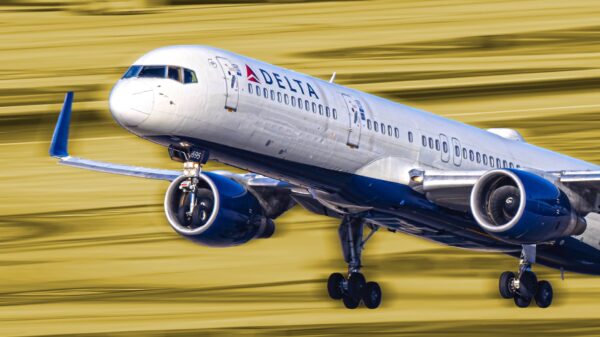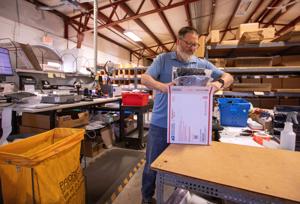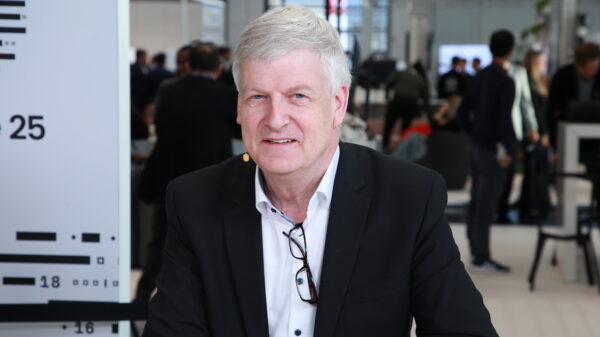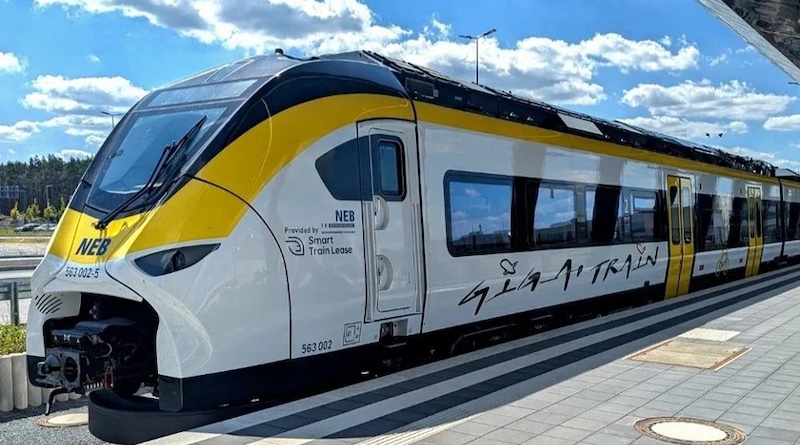A recent report by Transport and Environment (T&E) highlights a significant imbalance in the European Union’s funding priorities for rail infrastructure. Between 2021 and 2023, just seven megaprojects received a staggering 31% of the EU’s primary transport funding through the Connecting Europe Facility (CEF). This allocation contrasts sharply with the 27% of funds designated for 84 other essential rail upgrades.
The analysis reveals that a total of €6.6 billion was allocated to seven major projects, including the highly anticipated Rail Baltica, the Brenner base tunnel, and the Lyon Turin tunnel. While T&E acknowledges the importance of these large-scale initiatives in creating a cohesive rail network across Europe, it argues for a shift in focus towards smaller-scale upgrades that could provide immediate benefits in terms of connectivity and efficiency.
According to the report, the CEF’s latest calls for projects have shown an overwhelming demand for funding, with requests exceeding the total budget by threefold. This trend has raised concerns regarding the sustainability of such megaprojects, which often require extensive timeframes to complete. The report also underscores the negative impact of this funding strategy on the rollout of the European Rail Traffic Management System (ERTMS), a standardized signalling system pivotal for enhancing cross-border rail connections.
Between 2021 and 2023, ERTMS received a mere €0.7 billion, accounting for just 3% of the CEF’s transport funding. As the EU aims to integrate ERTMS into the core Trans-European Transport Network (TEN-T) by 2030, countries such as Germany, France, and Poland have exhibited slow progress in its implementation.
Carlos Rico, the rail policy officer at T&E, emphasizes the need for a more balanced approach. He states, “Megaprojects have helped give rail the boost it needs, but they’re draining resources from other vital parts of the network. The EU must address this imbalance and ensure that the Connecting Europe Facility supports all necessary upgrades along TEN-T corridors — especially the accelerated rollout of the ERTMS.”
Looking ahead, T&E anticipates a significant increase in ERTMS funding in 2024, suggesting that this could serve as a model for future CEF allocations. The organization estimates that a 25% increase in the CEF rail budget could effectively double the funding available for critical upgrades without jeopardizing ongoing megaprojects.
Additionally, the renewed focus on military mobility presents a unique opportunity to enhance passenger rail services while addressing potential external threats. Notably, ERTMS did not receive any funding from the CEF’s military mobility budget. T&E suggests that integrating ERTMS into future military mobility funding initiatives could bolster the resilience of Europe’s rail infrastructure.
Carlos Rico concludes, “Boosting rail is vital for Europe’s economy and defence, but funding must match infrastructure goals. The EU budget, high-speed rail plan, and the Military Mobility strategy should prioritize key upgrades and dual-use projects.”
As negotiations on the next multiannual EU budget commence, the emphasis on balanced funding could shape the future of rail connectivity across Europe, ensuring that millions of Europeans benefit from improved transport options.




































































